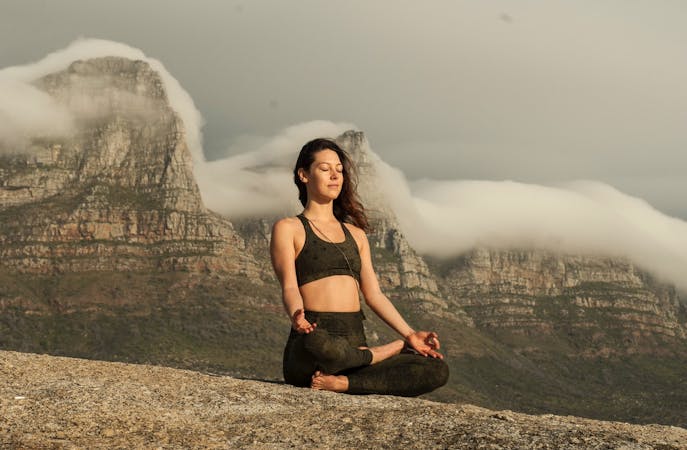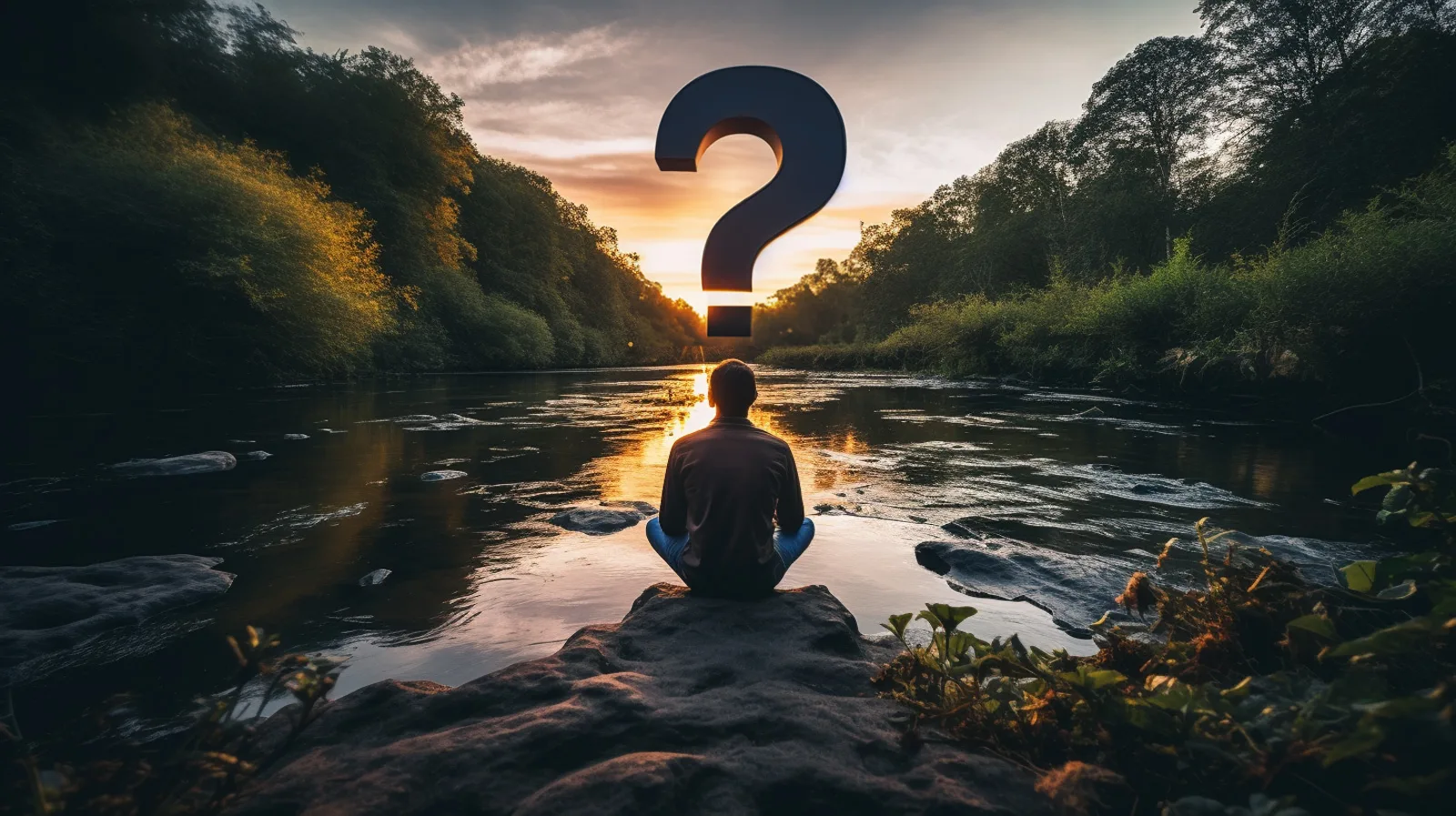Discover the Benefits of Daily Practice: How to Meditate?
Discover the Benefits of Daily Practice: How to Meditate?
Blog Article
How to Meditate: A Step-by-Step Technique to Achieving Mindfulness and Calmness
Reflection serves as an effective tool for attaining mindfulness and emotional tranquility in a fast-paced globe. By understanding the basic principles and strategies associated with reflection, individuals can grow a method that boosts their overall wellness. This conversation will outline necessary actions, from developing a favorable atmosphere to incorporating reflection into daily routines. As we check out these parts, it comes to be clear that the journey to mindfulness is not merely regarding the act of resting in silence, yet rather regarding promoting a much deeper link with oneself and the globe around us. What might this transformation involve?
Understanding Meditation
Understanding reflection involves comprehending its essential principles and methods, which work as the structure for the technique. At its core, reflection is a psychological workout aimed at advertising leisure, developing interior energy, and establishing concern and understanding. The technique urges individuals to focus their interest, often through methods such as deep breathing, visualization, or rule repeating.
Reflection can be classified into different designs, consisting of mindfulness, transcendental, and loving-kindness reflection, each with distinctive objectives and methodologies. Mindfulness meditation emphasizes present-moment awareness and non-judgmental observation of thoughts and feelings, while copyright includes making use of details concepts to go beyond common thought processes. Loving-kindness meditation focuses on developing an attitude of love and compassion towards oneself and others.
Despite the technique used, the key goal continues to be consistent: to grow a much deeper understanding of the mind and its patterns. This self-awareness promotes psychological strength, quality of idea, and an extensive feeling of tranquility (How to meditate?). By recognizing these techniques and concepts, individuals lay the foundation for a successful reflection practice that can significantly boost their overall health
Getting Ready For Your Technique
Before starting your reflection practice, it is important to develop an atmosphere conducive to concentrate and leisure. Guarantee that the location is clean and complimentary of mess, as a neat setting can assist get rid of the mind.
Consider the lights, as all-natural light can enhance your mood and energy. Soft, warm illumination is commonly extra relaxing than harsh fluorescent lights. Additionally, select a comfortable temperature, making certain that you are neither also warm neither also cool.
Including components that advertise peace can further enhance your experience. This might include soft cushions or blankets for comfort, in addition to relaxing aromas from important oils or incense. It can likewise be helpful to have a timer established for your meditation session to protect against diversions from clock-watching.
Standard Meditation Methods

An additional reliable method is body scan find out reflection. This involves emotionally checking your body from head to toe, noticing any locations of tension or discomfort and consciously relaxing those muscular tissues. This practice cultivates a much deeper connection in between your mind and body.

Last but not least, loving-kindness meditation concentrates on cultivating compassion in the direction of yourself and others. Calmly repeat phrases of goodwill, improving emotional health and interconnectedness. Each of these strategies functions as a foundation for your reflection trip, allowing you to locate the technique that resonates ideal with your individual practice.
Maintaining Emphasis and Mindfulness

Establishing a devoted meditation area can boost the capacity to keep mindfulness. A silent, minimalist environment minimizes diversions, enabling much deeper immersion in the technique. Additionally, setting a time limit can help manage expectations; starting with shorter sessions may alleviate the change right into longer techniques.
Making use of strategies such as body scanning or observing sensations can also reinforce mindfulness. These methods motivate professionals to stay present and engaged with their physicality, anchoring their attention in the minute. Regular practice is essential; the brain constructs resilience in time, producing a stronger capability for emphasis.
Incorporating Meditation Into Day-to-day Live
Incorporating reflection right into daily life can transform routine activities into chances for mindfulness and self-reflection. By incorporating mindfulness practices into common jobs, people can grow a higher sense of presence and serenity amidst the busyness of day-to-day life.
Begin by determining moments throughout your day where you can exercise and stop briefly mindfulness. During your early morning commute, emphasis on your helpful site breath or the feelings of the atmosphere around you. In the kitchen area, technique food preparation as a reflective method, savoring the textures, colors, and aromas of the ingredients. Also ordinary activities like washing dishes or strolling can become possibilities for meditation by routing your interest to the sensations of movement and the sounds surrounding you.
Additionally, alloting devoted times for reflection can enhance its practice. Start with short sessions, progressively increasing duration as you come to be extra comfortable. Use tips or signs-- like a particular time of day or a soothing noise-- to develop uniformity.
Eventually, the goal is to weave mindfulness into the material of every day life, enabling you to approach each moment with intention, thus enhancing your overall sense of well-being and clarity.
Verdict
In verdict, efficient meditation requires a silent atmosphere, a comfortable placement, and a focus on the breath. Regular reflection, even in brief sessions, cultivates a deeper link to the present minute, eventually leading to greater calmness and mental clearness in daily life.
Reflection can be categorized right into various designs, including mindfulness, transcendental, and loving-kindness reflection, each with distinct functions and approaches. Mindfulness reflection emphasizes present-moment recognition and non-judgmental observation of sensations and thoughts, while transcendental reflection involves the use of specific concepts to transcend regular idea processes.With your meditation area prepared, it's time to explore different standard meditation strategies that can help grow mindfulness and inner peace.Continually preserving emphasis and mindfulness during reflection can be tough, especially for those brand-new to the method.Developing a committed reflection area can improve the capability website link to keep mindfulness.
Report this page